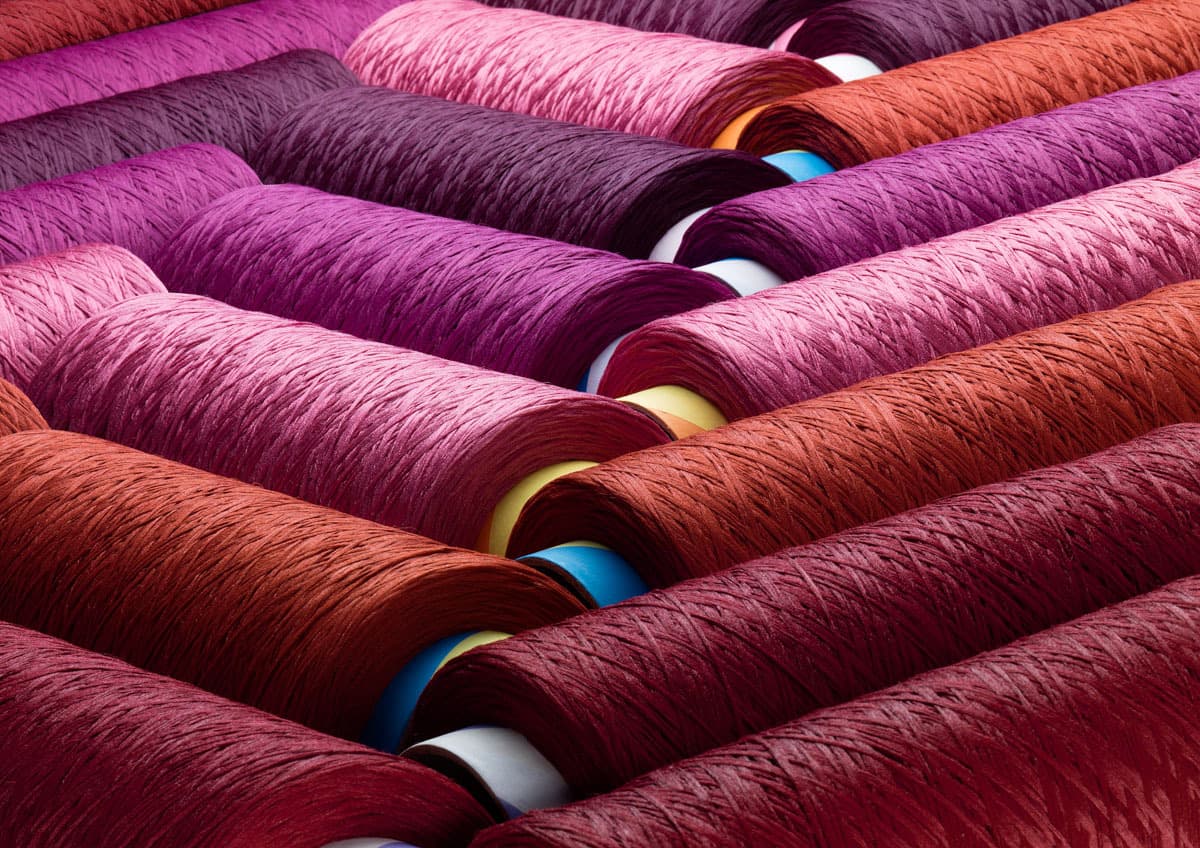Why do we design?
For art and beauty, yes. But also for purpose. A well-designed chair offers comfort and stability, while an imaginatively created rug brings warmth to a home. Good design improves quality of life.
However, beyond the functional purpose of design we must also consider the intention behind all of our design choices. While the chair may provide comfort and the rug creates warmth for five, ten or so years, what is their next purpose? Unfortunately, in most cases, these beautiful, functional pieces end up as waste.
Four billion pounds of carpet are discarded in U.S. landfills every year. Renovation projects in commercial spaces send almost a third of their waste to landfills, as estimated by Doors Unhinged. Although the building and construction industry has been widely reported to make up 40% of the world’s carbon emissions, it was discovered the carbon footprint of a building’s interiors will “equal if not exceed that of the structure’s construction” by the Carbon Leadership Forum and Seattle-based LMN Architects.
Interior designers have a massive opportunity to positively impact the environment through purposeful, sustainable design. It starts with their materials. In fact, designers can influence up to 90% of a product's environmental footprint with their early design decisions by choosing sustainable materials.
When designing a space, we must commit to learning more about the materials we use. Not just whether they are beautiful and functional, but also how they will be deconstructed and whether they are able to be repurposed. Our creativity and potential for design is unlimited, but our resources are not. We must select materials with consideration of their environmental impact to achieve a circular economy, reducing waste and creating a more sustainable society.
We can look to Delos as an example of designing with sustainable purpose. Delos is committed to creating beautiful, quality rugs while respecting the earth. Their manufacturing practices include using eco-friendly materials such as ECONYLⓇ nylon, biodegradable and recyclable New Zealand wool and polyethylene made from recycled water bottles.
The furniture designer noho is also doing their part to “help turn the tide toward a healthier planet” through sustainable design. They minimize carbon emissions by powering production with 82% renewable energy, transporting products by sea-freighting and designing chairs with infinitely recyclable ECONYLⓇ nylon.
If you look through the products designed by Delos, noho and many other interior design companies, it is clear that using sustainable, eco-friendly materials does not impact the quality or beauty of design. We do not have to limit artistic perspective or sacrifice high quality to make a difference in our world.
Aquafil has made sustainable design our purpose by creating ECONYL nylon. It reduces the global warming impact of nylon by up to 90% compared with the material from oil while retaining the same quality as virgin nylon. We have two carpet recycling facilities in the U.S. that process up to 36 million pounds of carpet annually, breaking them down into polypropylene (PP), Nylon 6 and calcium carbonate—all of which can be infinitely repurposed.
Aquafil is also investing in the future of sustainable design: students. We recently partnered with the Parsons School of Design MFA Textiles program, challenging students to fully design a product with ECONYLⓇ nylon. Their creativity and passion for sustainable design astounded our team, and we are proud to share a selection of the Parsons designs at our showroom in THE MART for NeoCon 2022.
So let us challenge ourselves to design not only for a purpose, but with purpose. Let us choose our materials with intention, protecting Earth and creating designs with infinite potential.

